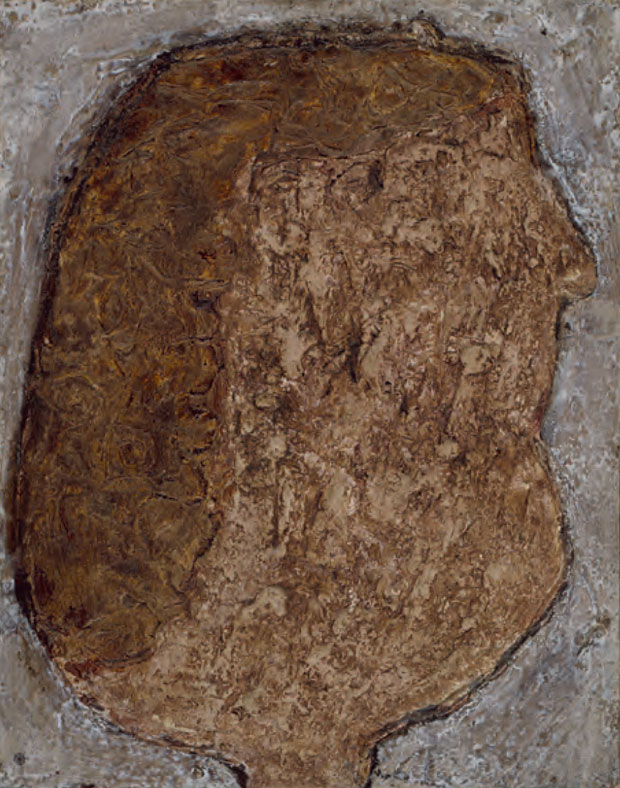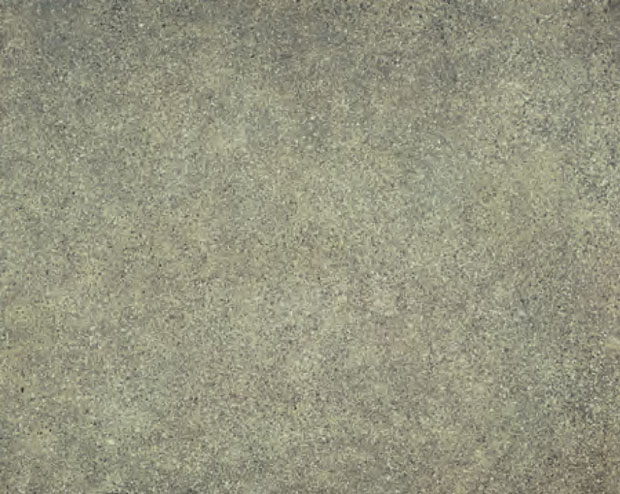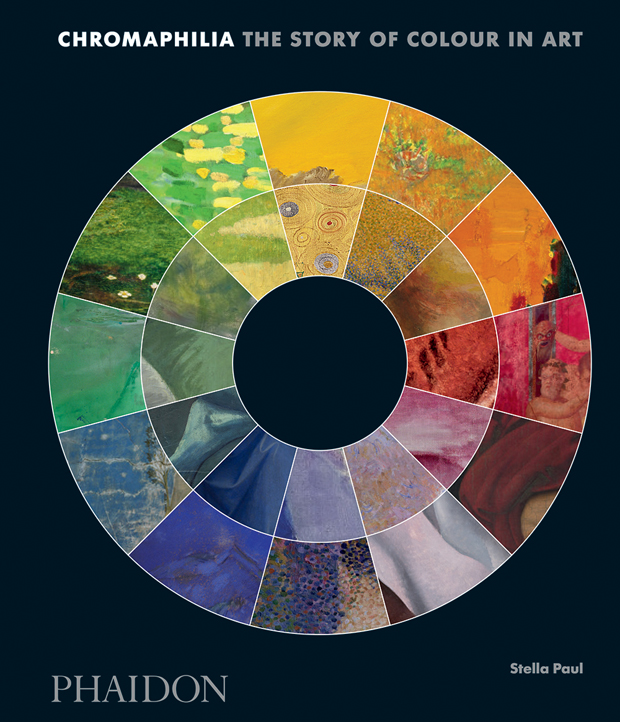
What was it with Jean Dubuffet and Brown?
The Art Brut founder would visit flea markets in order to immerse himself in the 'bituminous and soiled brown colours of mankind' - but how did he go about making these colours come to life on the canvas?
The prolific painter, print maker and sculptress Louise Bourgeois famously opined that, 'color is a subliminal communication, stronger than language.’ And it's a thought we kept close to mind when we were putting together our latest story of art survey, Chromophilia: The Story of Color in Art.
From Isaac Newton's optics to impressionist theory - from the dynamics of Josef Albers to the contemporary metaphysics of Olafur Eliasson, Chromophilia reveals and explains how color paints our world. Each chapter tells the unique history of an individual color, interweaving time and place so that the reader is never far from the art of our own moment, enabling art's current obsessions to be considered with an eye on color's rich history.
Over the next few weeks on Phaidon.com we’ll be running a series of stories inspired by Chromophilia. Each of our stories, just like the chapters in the book itself, will look at a different color, - though necessarily in less depth - kicking off today with Art Brut founder Jean Dubuffet's use of brown.
Dubuffet loved visiting flea markets and other assemblies of working people where he could immerse himself in what he called the "bituminous and soiled brown colours that mankind loves." By calling these colors "the colors of mankind." He was referring to "the colors of mankind's hair - his roads, his walls and fences, his grime".

Dubuffet transformed his oil paint into something gritty, plebian, rough - nasty even. Color was neutralized, drained of its spectral hues to stand as what he called 'mortar', from which he built his often grotesque images.
But Dubuffet was not interested in preaching to the converted. He wanted his paintings to amuse and interest anyone and everyone, disavowing what he deemed "the pretentions of the finicky or the sophisticated". His approach to colour and materials served those ends just as much as his use of awkward, primitivizing form.
One painting from 1951, Fleshy Face with Chestnut Hair, is a great example. Its blank profile is a spread of mixed material. Dubuffet added soil, ash, gravel and other earth elements to his paint, then trowelled the viscous paste onto the canvas, scraping, gouging and otherwise defiling the materials, layering on more and then incising again as the image took form.

Dubuffet continued to apply layers, scattering substances such as sand and other materials, scratching, poking and prodding his medium until the work ‘gave the impressions of teeming matter, alive and sparkling.' His intention was to not only 'represent soil but also evoke all kinds of indeterminate textures - even galaxies and nebula’.
Chromophilia: The Story of Color in Art uses 240 artworks as case studies to tell the story of ten individual colors or color groups. It explores the history and meaning of each colour in art, highlighting fascinating tales of discovery and artistic passion, and offering easily accessible explanations of the science and theory behind specific colors.
To accompany each of our colour stories inspired by Chromophilia we're pulling together a small Phaidon selection of works by color that are affordable on Artspace.
Today's works are all, yes you guessed, brown and all are just over or way under £1000 / $1,300. Many of them are by well-known names, among them: Andy Goldsworthy, Joseph Beuys, Maurizio Cattelan, Peter Zumthor, René Magritte, Banksy Catherine Opie, Marvin Gaye Chetwynd, Jonathan Yeo and Mickalene Thomas, Ed Ruscha, and Jake & Dinos Chapman.
So that's all brown, all under £1000/$1,300 and all here. (Other colors and price points are, of course, available). Buy Chromophilia here and look out for the next color story in our new series and check out the art on Artspace.